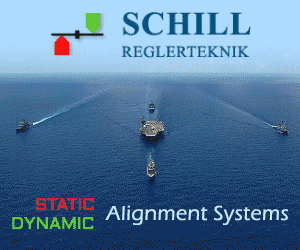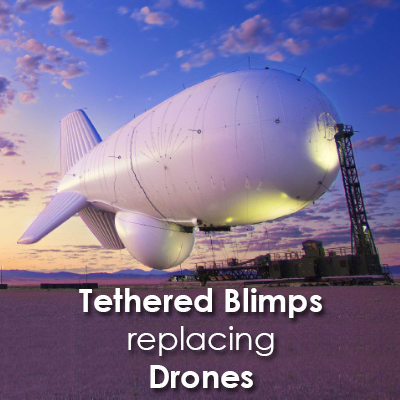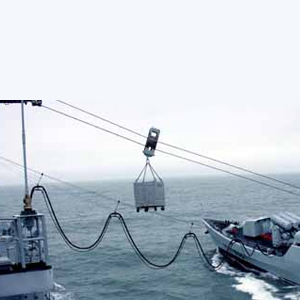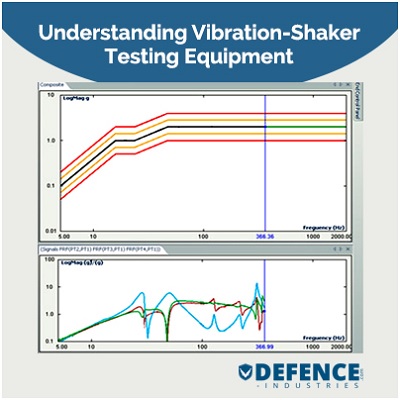Explosive Ordnance Disposal and Mine Clearance in the Army
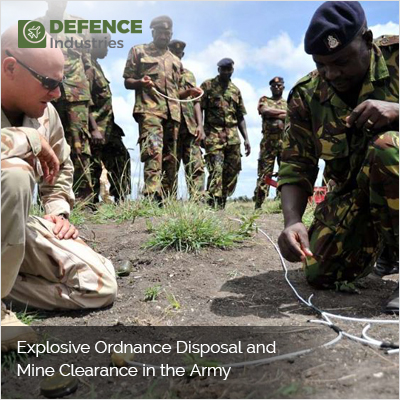
In the world of the military, there is a vital and dangerous task that is often overlooked – explosive ordnance disposal (EOD) and mine clearance. This critical job falls on the shoulders of skilled soldiers who risk their lives every day to protect others from the threat of unexploded munitions and landmines. From defusing bombs to clearing minefields, these brave individuals play a pivotal role in ensuring the safety of their fellow soldiers and civilians alike.
Importance of EOD and Mine Clearance in the Army
Explosive ordnance disposal and mine clearance are of utmost importance in the army due to the potential devastation caused by unexploded ordnance and landmines. These hidden threats pose a significant risk to the lives and livelihoods of both military personnel and civilians. The ability to safely neutralize and remove these hazards is crucial to maintaining peace and security in conflict zones and post-conflict areas.
EOD and mine clearance operations not only save lives but also help to restore infrastructure and enable the safe return of displaced populations. By clearing mines and explosive devices, these specialized soldiers ensure that affected areas can be safely accessed for humanitarian aid, reconstruction efforts, and the resumption of normalcy. The work of EOD technicians and mine clearance specialists is essential in preventing further casualties and fostering long-term stability.
History and Evolution of EOD and Mine Clearance Techniques
The history of explosive ordnance disposal and mine clearance dates back to the early days of warfare. As soon as people began using explosives and placing mines on the battlefield, the need for specialized personnel to handle these dangerous devices became evident. Early EOD efforts were rudimentary, often relying on trial and error and a limited understanding of explosive materials.
Over time, advancements in science and technology have greatly improved the techniques and equipment used in EOD and mine clearance operations. The development of bomb disposal squads during World War II marked a significant turning point, with specialized units being trained to handle and defuse explosive devices. Since then, the field has continued to evolve, incorporating cutting-edge technology and innovative approaches to enhance safety and efficiency.
Training and Skills Required for EOD and Mine Clearance Specialists
Becoming an EOD technician or a mine clearance specialist requires rigorous training and a diverse skill set. These individuals undergo intensive courses that cover a wide range of subjects, including explosive safety, ordnance identification, bomb disposal procedures, and minefield clearance techniques. The training involves both classroom instruction and practical exercises to ensure that soldiers are well-prepared for the challenges they will face in the field.
In addition to technical knowledge, EOD and mine clearance specialists must possess exceptional physical and mental capabilities. They need to remain calm under pressure, think critically, and make split-second decisions in life-threatening situations. The ability to work effectively as part of a team is also crucial, as EOD operations often require close coordination with other military units and civilian organizations.
Equipment and Tools Used in EOD and Mine Clearance Operations
EOD and mine clearance operations rely on specialized equipment and tools designed to safely handle and dispose of explosive devices. Bomb suits, for example, provide protection against fragmentation and blast effects, allowing technicians to approach and defuse bombs more safely. Robots and remotely operated vehicles (ROVs) are used to handle suspicious packages or investigate hazardous areas without putting human lives at risk.
Advanced detection equipment, such as metal detectors and ground-penetrating radar, help locate buried landmines and unexploded ordnance. Once identified, specialized tools like mine probes, flails, and mine-clearing line charges are used to neutralize or remove the threats. The selection of equipment depends on the specific mission requirements and the nature of the hazardous materials encountered.
Challenges and Risks Faced by EOD and Mine Clearance Personnel
EOD and mine clearance personnel face numerous challenges and risks in their line of work. The unpredictable nature of explosive devices and the varying conditions in which they are found make every mission unique and potentially dangerous. The primary concern is always the safety of personnel, as any misstep or miscalculation can have severe consequences.
The presence of booby traps and improvised explosive devices (IEDs) further complicates the work of EOD technicians. These devices are often designed to be difficult to detect and disarm, requiring specialized training and equipment to safely neutralize them. Additionally, the threat of secondary explosions and the potential for accidental detonation pose constant risks that personnel must constantly guard against.
Successful EOD and Mine Clearance Operations - Case Studies
Throughout history, there have been numerous successful EOD and mine clearance operations that have saved lives and made areas safe for habitation. One notable example is the work of the British Army's Royal Engineers during the Falklands War. Despite facing heavy resistance and challenging terrain, they successfully cleared thousands of landmines laid by Argentine forces, allowing the safe return of residents and the restoration of infrastructure.
Another remarkable case is the ongoing demining efforts in Cambodia. Following years of conflict, the country was left heavily contaminated with landmines and unexploded ordnance. Through the collaboration of international organizations and local specialists, significant progress has been made in clearing affected areas and reducing the risk to the population. This ongoing effort is a testament to the dedication and resilience of those involved in mine clearance operations.
Collaboration and Cooperation in EOD and Mine Clearance Efforts
EOD and mine clearance operations require close collaboration and cooperation between military units, government agencies, and international organizations. The exchange of information and expertise is crucial in identifying and neutralizing explosive threats effectively. This collaborative approach also helps minimize duplication of efforts and ensures that resources are utilized efficiently.
International cooperation plays a significant role in mine clearance efforts, with countries joining forces to share best practices, provide technical assistance, and contribute to funding initiatives. The Convention on the Prohibition of the Use, Stockpiling, Production, and Transfer of Anti-Personnel Mines and on Their Destruction, also known as the Ottawa Treaty, has been instrumental in promoting collaboration and establishing global norms for mine clearance.
Future Developments in EOD and Mine Clearance Technology
As technology continues to advance, new developments in EOD and mine clearance are on the horizon. Robotics and artificial intelligence (AI) are expected to play an increasingly significant role in the field, allowing for safer and more efficient detection and disposal of explosive devices. Drones equipped with advanced sensors and imaging capabilities can aid in surveying and mapping minefields, providing valuable data for clearance operations.
Advancements in remote sensing technology may also contribute to the identification of buried landmines and unexploded ordnance, reducing the need for manual detection. Furthermore, research is being conducted to develop more environmentally friendly and cost-effective methods of neutralizing explosive materials, minimizing the impact on surrounding ecosystems and communities.
Conclusion: The Crucial Role of EOD and Mine Clearance in Military Operations
Explosive ordnance disposal and mine clearance are vital components of military operations, ensuring the safety of personnel and facilitating post-conflict recovery. The men and women who undertake these dangerous tasks demonstrate incredible bravery and skill, risking their lives to protect others from the dangers of unexploded munitions and landmines.
Through their training, expertise, and the use of specialized equipment, EOD technicians and mine clearance specialists are making significant strides in minimizing the threat posed by explosive devices. Collaboration and international cooperation further enhance these efforts, allowing for the sharing of knowledge and resources.
As technology continues to advance, the future of EOD and mine clearance holds promise for safer and more efficient operations. By embracing innovation and working together, we can ensure a safer tomorrow for both military personnel and civilians affected by the remnants of war. The unsung heroes of explosive ordnance disposal and mine clearance deserve our utmost respect and gratitude for their invaluable contributions to peace and security.




